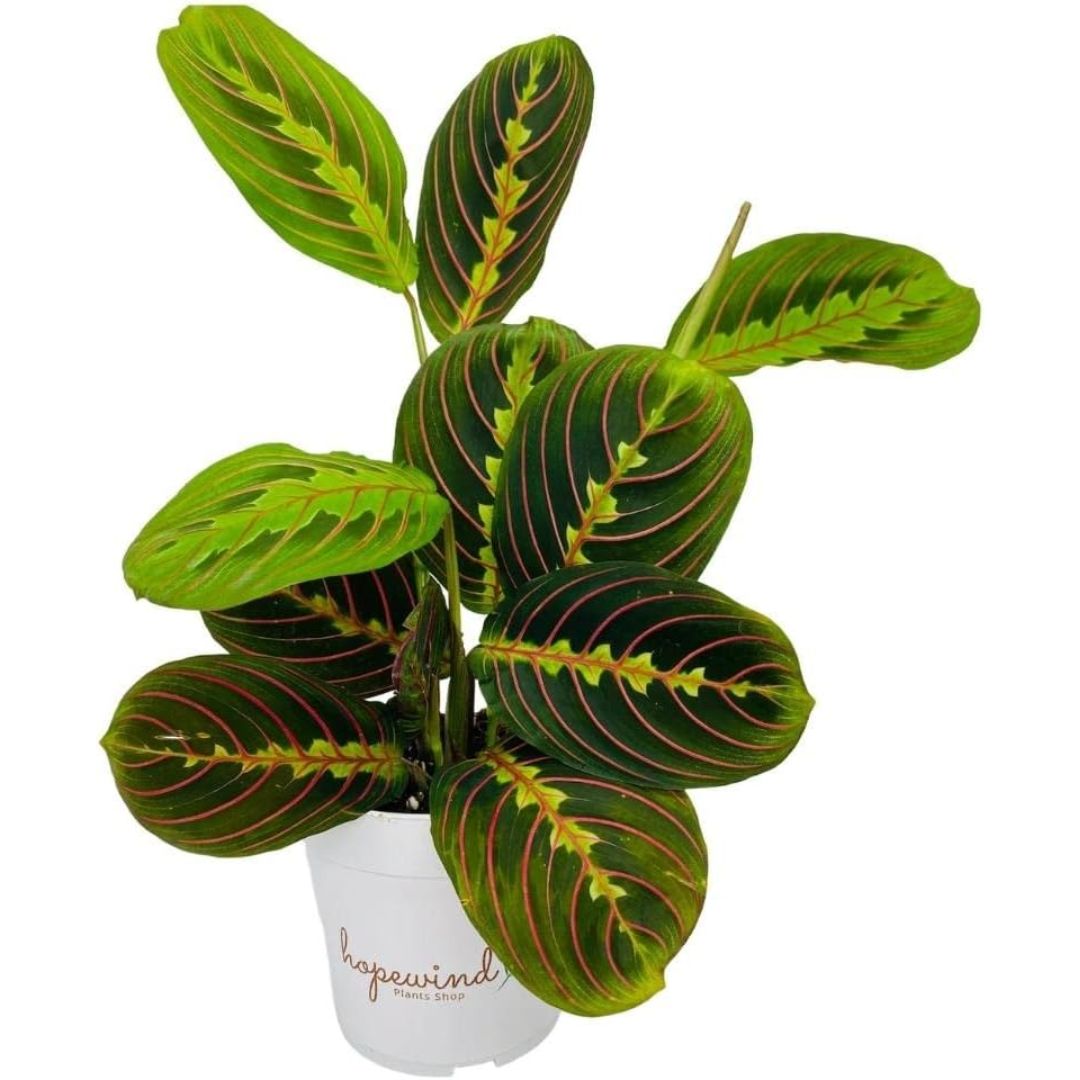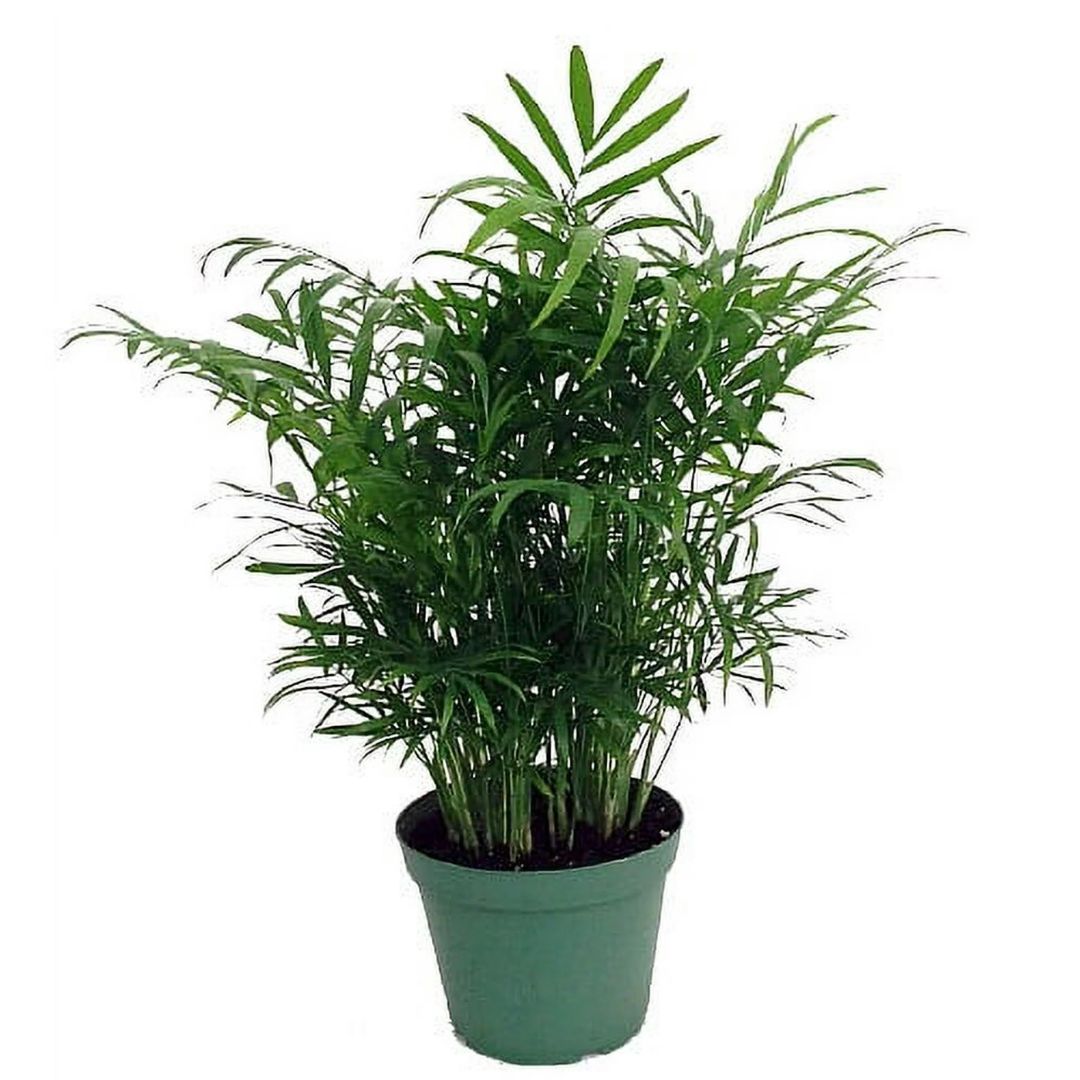What Causes Leaf Scorching? How to Save Your Houseplants From This Common Problem
If your houseplants are suffering from leaf scorching, here's what you need to know about what could be causing it, and what you need to do to help them


Leaf-tip browning or leaf-scorching can occur in many houseplants and is often a symptom of a bigger problem. In the most severe cases, sometimes the plants entire leaf will turn brown or black — which is a signal that your beloved needs some help. But what exactly causes this and how can we prevent it?
'Leaf scorch is something most people have encountered in their houseplant journey,' Lisa Eldred Steinkopf, Houseplant expert and the founder of The Houseplant Guru tells us. 'Why are the tips of the leaves turning brown? Leaf scorch doesn’t usually kill the plant, but it can if the reason for the browning isn’t corrected'.
Even the best houseplants for beginners can go through difficult moments. So what exactly causes leaf scorching and what is the best way to deal with it? Here's what the experts have to say about it.
What Causes Leaf Scorching and Tip Burn On Houseplants?
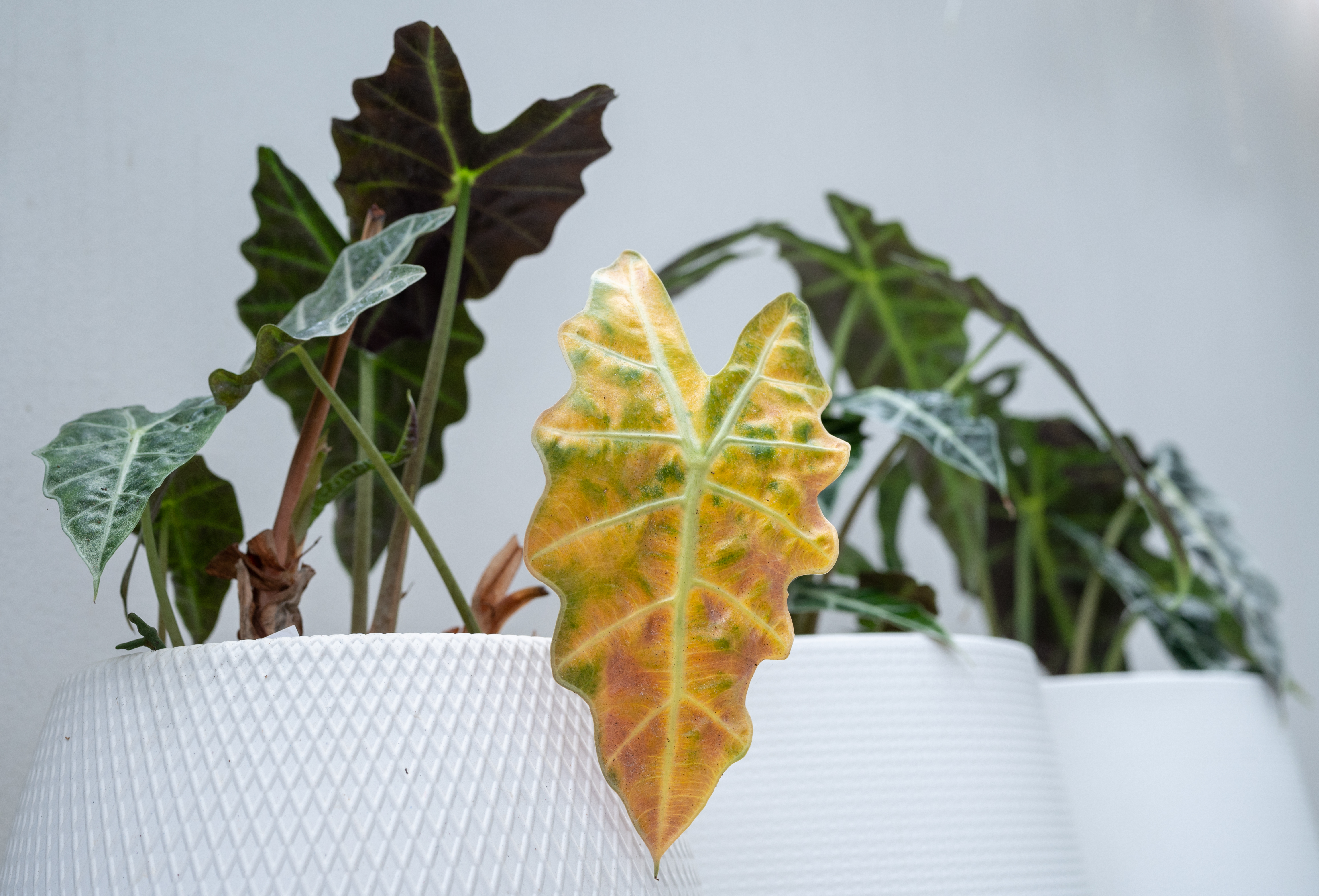
We've spoken to the experts to find out exactly what causes leaf scorching and tip burn on houseplants — and how you should deal with it.
Here are 5 reasons your houseplant may have leaf burn, according to the experts.
1. Fertilizer Burn

Lisa Eldred Steinkopf, houseplant expert and the founder of The Houseplant Guru, says the first common problem is fertilizer burn. Over fertilized houseplants can lead to leaf scorching and burn.
Lisa tells us: “The number one reason for tip burn on houseplants is improper fertilization techniques. More is never better! Read the instructions on the label and never use more than recommended. I do not use the full-strength recommendation, but it is fine to do that. If preferred and it is easier to remember use ¼ the amount recommended every time you water. Or use the full-strength (or a bit less) every fourth watering, usually about once a month”.
She continues: “Fertilization isn’t necessary when the plant isn’t actively growing. Late fall until late winter plants rest because the light levels are lower. If you are growing plants under lights, fertilization year-round is fine. Many people bottom water their plants by placing them in a basin of water. It is fine to water that way, but the problem is the fertilizer salts are never flushed out of the potting medium”.
The expert says at least once a month — you should run a lot of water through from the top of your plant to help remove any excess salts. She says you should also replace or refresh the potting medium in your plants at least every other year. “I like to do that in the spring when the plant is actively growing,” Lisa adds.

Lisa is The Houseplant Guru, who features all things houseplants on her blog www.thehouseplantguru.com. She grew up in rural mid-Michigan, where being immersed in nature every day nurtured her love for all things outdoors, especially plants. Lisa worked for more than a decade at Steinkopf Nursery and Garden Center as the annuals and houseplants manager.
2. Fluoride Toxicity

Lisa says fluoride toxicity can be another cause of leaf scorching. "Some plants are sensitive to fluoride which can be in municipal water," she says. "Plants in the Marantacaea family are especially sensitive. These include prayer plants, calatheas (goeppertia), and stromanthe".
The houseplant expert recommends watering the plants with distilled or rainwater to prevent burnt leaf ends and edges.
3. Watering Practices
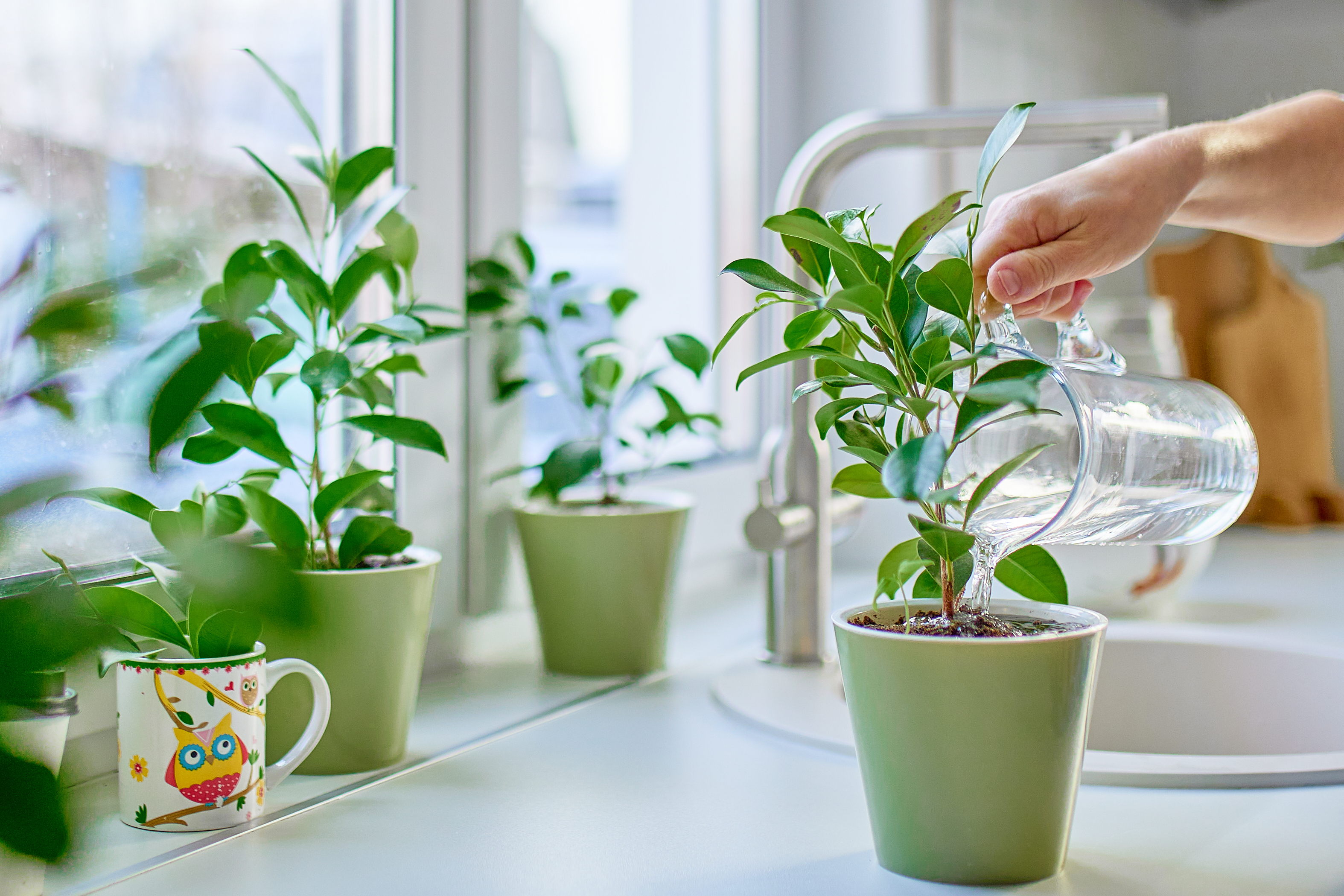
If you're figuring out how to water houseplants while on vacation, the first thing you need to ensure is that you are not over-watering your much-loved shrubs. Lisa also warns of inconsistent watering practices which can lead to tip burn and lead scorching.
The expert advises: "Inconsistent watering practices will cause brown tips. Make sure to keep your plants evenly moist, not standing in water, and not completely dry. Never use water that is filtered through a softener — the water has salt in it".
Gardening expert, Tony O'Neill from Simplify Gardening, says: "Both over-watering and under-watering can cause stress. Over-watering can lead to root rot, while under-watering results in dehydration. Inconsistent watering practices disrupt the plant's ability to absorb nutrients and water properly".
4. Weather conditions
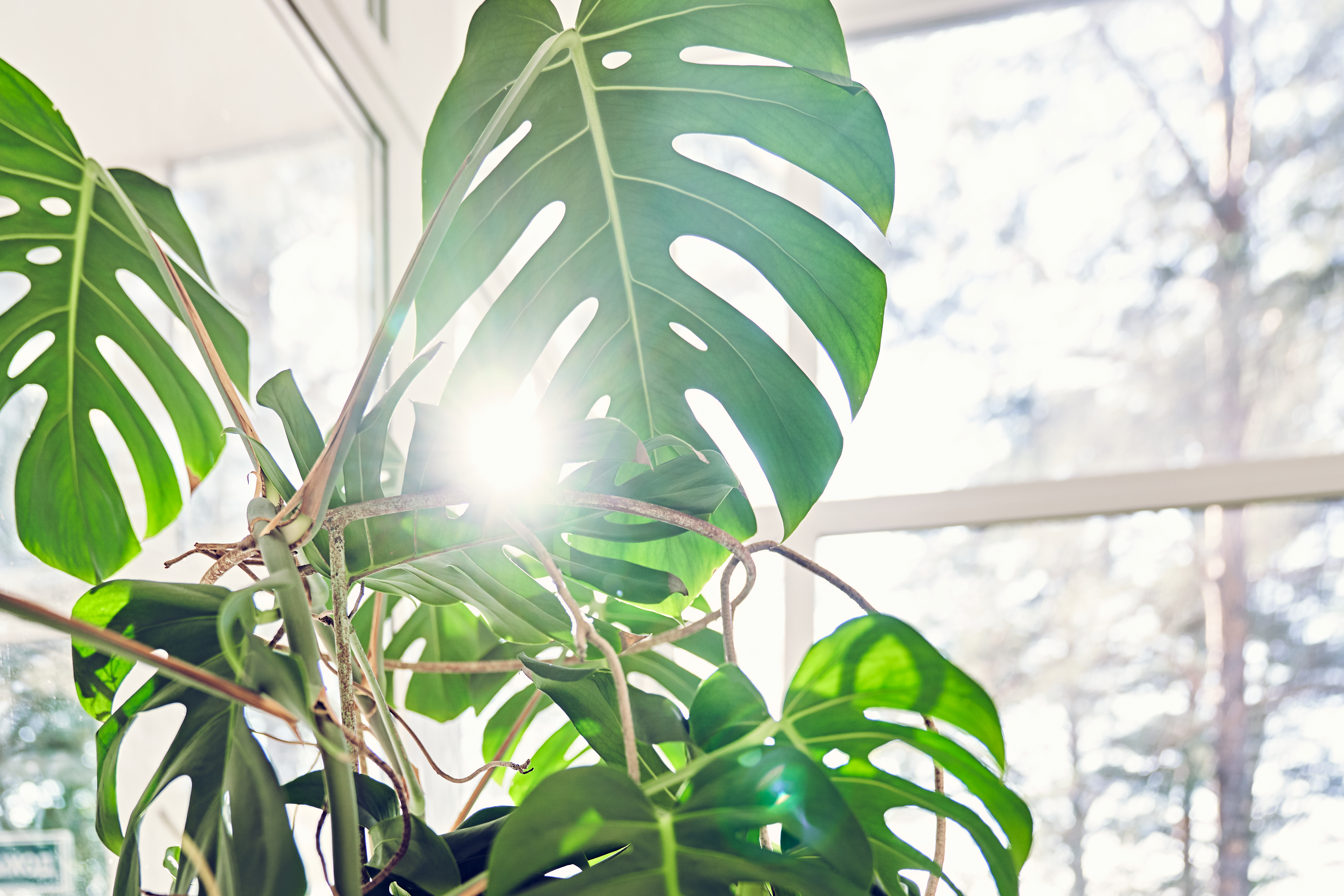
"If you live where the weather turns frigid, move your plants away from the windows," Lisa explains. "The plant will react by turning brown when they touch the cold windows. This can happen in hot areas as well as the plant can burn against the hot glass".
Tony agrees, he says too much direct sunlight can cause sunburn, especially if your houseplants prefer low light levels. "The intense light and heat can scorch the leaves, causing them to dry out and turn brown at the tips," he adds.
5. Low Humidity

Getting the right humidity for houseplants is another important way to stop leaf scorching. "Low humidity around a plant can also cause brown leaf tips and edges", Lisa warns.
She suggests using pebble trays or grouping your plants together to raise the humidity levels. "If a plant is kept well-watered, high humidity isn’t as crucial," Lisa adds. "Dry air combined with a dry plant can be disastrous".
Tony notes: "Many houseplants, especially tropical ones, require high humidity levels. In dry indoor environments, especially during winter, the lack of moisture in the air can cause the leaves to lose water faster than they can absorb it, leading to tip burn".

I'm Tony O'Neill, a gardening expert and best-selling author. I am an educator with a thriving YouTube channel that has 434,000 subscribers and receives over 1.4 million monthly views. Through my award-winning website, simplifygardening.com, I share my passion for gardening and sustainability. I've authored books including "Simplify Vegetable Gardening," "Composting Masterclass," and "Your First Vegetable Garden," empowering individuals to cultivate their own green spaces.
FAQS
Can Plants Recover From Leaf Scorching?

Now we know what causes leaf-scorching, how exactly do we take care of these beautiful houseplants and can they really recover after several burns? Well, Gardening expert Tony O'Neill, from Simplify Gardening says: "Yes, plants can recover after experiencing leaf scorching or tip burn, but the process requires time and proper care".
He adds: "You should follow these steps to get the best out of your shrubs. Whether it's adjusting the temperature, increasing humidity, modifying watering practices, or treating pests".
Here are some steps to aid recovery — according to the expert:
1) Identify and address the cause: Tony says you first need to, "determine what is causing the stress and take corrective actions".
2) Prune damaged leaves: You'll need the correct pruning tools to do this. The expert says for this step, "remove the affected parts to prevent the spread of damage and encourage new growth".
3) Provide optimal conditions: "Ensure the plant is in the right environment with appropriate light, humidity, and soil conditions," says Tony.
4) Gradual recovery: The gardening expert says for this step, you need to be patient, as recovery can take time. "Consistent care and monitoring will help the plant regain its health," he adds.
Do not be disheartened if you notice your precious houseplant going through a difficult moment. Instead, try to recover and save it from further issues.
That's why it is important to understand what the best ways to care for plants during the summer and winter time are — in order to get the most out of your leafy greens.
Shop stylish houseplants
Be The First To Know
The Livingetc newsletters are your inside source for what’s shaping interiors now - and what’s next. Discover trend forecasts, smart style ideas, and curated shopping inspiration that brings design to life. Subscribe today and stay ahead of the curve.

Faiza is the Renovation Editor at Livingetc. Faiza is currently renovating her small kitchen in her dainty apartment in London. Faiza previously worked for The Independent as a News Feature Writer, where she crafted lifestyle, entertainment, and news stories. She also worked as an Audience Editor for the newspaper for almost two years. Thriving in the busy newsroom, Faiza also spent her time crafting stories for Sky News as an SEO reporter, where she produced stories based on trending topics. Lifestyle and interior design is a space she has been interested in for quite some time, and as she blossoms in this field, she will continue to further her skills in design and gardening. Faiza has a background in SEO, social media, and reporting. Her passion for writing goes beyond her workm as she loves all things poetry and creative writing.
-
 My 10 Favorite Designs at Milan Design Week 2025 — Out of the Hundreds of Pieces I Saw
My 10 Favorite Designs at Milan Design Week 2025 — Out of the Hundreds of Pieces I SawThere is a new elegance, color, and shape being shown in Milan this week, and these are the pieces that caught my eye
By Pip Rich
-
 Iridescence Is Chrome’s More Playful, Hard-to-Define Cousin — And You're About to See It Everywhere
Iridescence Is Chrome’s More Playful, Hard-to-Define Cousin — And You're About to See It EverywhereThis kinetic finish signals a broader shift toward surfaces that move, shimmer, and surprise. Here's where to find it now
By Julia Demer
